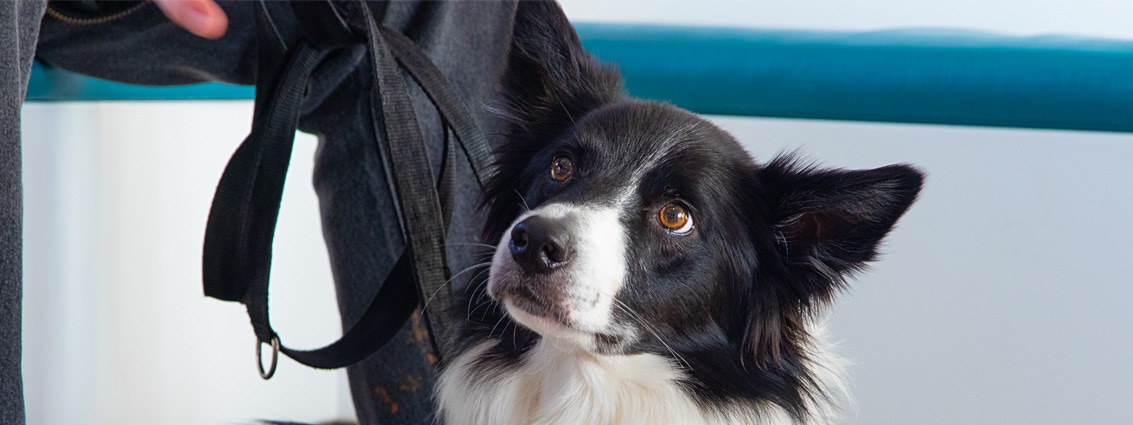Cats have 2 kidneys, located in the abdomen just below the spine. They are part of the urinary tract, producing urine that flows out of the kidneys down narrow tubes called ureters to the bladder.
Cats are designed to live in deserts where there is very little water, so they naturally produce very concentrated urine.
Apart from producing urine the kidneys have other essential functions:
- Keeping the correct amount of water and salts within the body.
- Getting rid of wastes, especially from the breakdown of proteins.
- Helping to control blood pressure Helping to control the level of minerals, especially calcium, in the blood.
- Helping the body produce red blood cells.
What is chronic kidney disease?
Chronic kidney disease (CKD) is caused by gradual loss of working kidney tissue. The most common reason is age related shrivelling up of the kidneys, but other diseases, such as cysts and infection can also cause CKD.
The kidneys can function normally, until the equivalent of only 2/3 of one working kidney is left, when the ability to make really concentrated urine may be lost. This means that a bigger volume of urine may be produced, so the cat has to drink more water to compensate. If the equivalent of only half a working kidney is left, the ability of the kidneys to get rid of waste products decreases. The blood levels of these chemicals, particularly urea and creatinine, start to rise. High levels of urea and creatinine can make a cat unwell.
CKD can be staged according to the level of blood creatinine – from normal in stage 1 (the mildest) to very high by stage 4 (the most severe).
CKD is a progressive disease which will eventually be fatal, although some cats with CKD die for other reasons.
Symptoms
- Increased thirst – most normal cats are rarely seen drinking.
- Increased urine production – only noticeable in cats that use a litter tray.
- Weight loss.
- Decreased appetite
- Vomiting or diarrhoea.
- Smelly breath.
- Occasionally cats will suddenly go blind.
Note: These signs can be due to other conditions too.
Diagnosis
A clinical examination by the vet is essential, followed by blood tests. These tests are to rule out other diseases such as hyperthyroidism (overactive thyroid glands) and diabetes, and to look for changes associated with CKD, that is raised levels of urea and creatinine.
Raised levels of urea and creatinine, called azotaemia, may also be seen in dehydrated cats, so normally urine tests are done too. In CKD, the urine will be dilute (more watery than normal).
Other tests may be done to look for complications of CKD, such as raised blood levels of phosphate and calcium, anaemia, high blood pressure, urinary infections and high levels of protein in the urine. All these complications can cause further kidney damage.
In addition, the kidneys may be imaged by ultrasound. If structural changes are seen, a biopsy to diagnose the cause of the changes may be advised.
Treatments
There is no cure for Kidney Disease.
However, measures can be taken to support the kidneys and to delay progress of the disease. Long term the most important thing is to feed a prescription diet for cats with CKD. There are a variety of wet and dry prescription diets, which contain just the right amount of high quality protein to supply all a cat’s metabolic needs with the minimum waste, so urea and creatinine levels are minimised. They also contain less phosphate and extra water-soluble vitamins to replace those leaked out in urine. The diets must be gradually introduced. Cats often like a combination of different kidney diets. Cats with CKD that become unwell must be tempted to eat something, even if it isn’t a kidney diet – food can be warmed, fed in small amounts or hand fed. Cats with CKD should not drink milk or eat cheese.
Cats with CKD must be encouraged to drink water. Ceramic or metal water bowls, filled to the brim, running taps or water fountains will help.
- A phosphate binder (powder or liquid to add to food) to reduce blood phosphate.
- Tablets that alter kidney circulation for cats with high urine protein.
- Tablets to control high blood pressure.
- Antibiotics for urinary infections.
- Fluids to give down a drip line or inject under the skin, to keep the cat hydrated.
- Appetite stimulants.
- Anabolic steroid injections.
If the underlying cause is cancer, some sort of chemotherapy may be prescribed. Cats with CKD may deteriorate and become dehydrated and unwell. If so, they may require hospitalisation for intravenous fluids. As CKD usually occurs in older cats, additional diseases may be present and need treating as well.
Outlook
Some cats diagnosed with CKD can live for years, others for much less time. Normally cats with CKD will have regular appointments with a vet, which may include blood and urine tests, to monitor their progress. If you have any queries, please do not hesitant to contact the surgery. On line look at www.icatcare.org.uk

